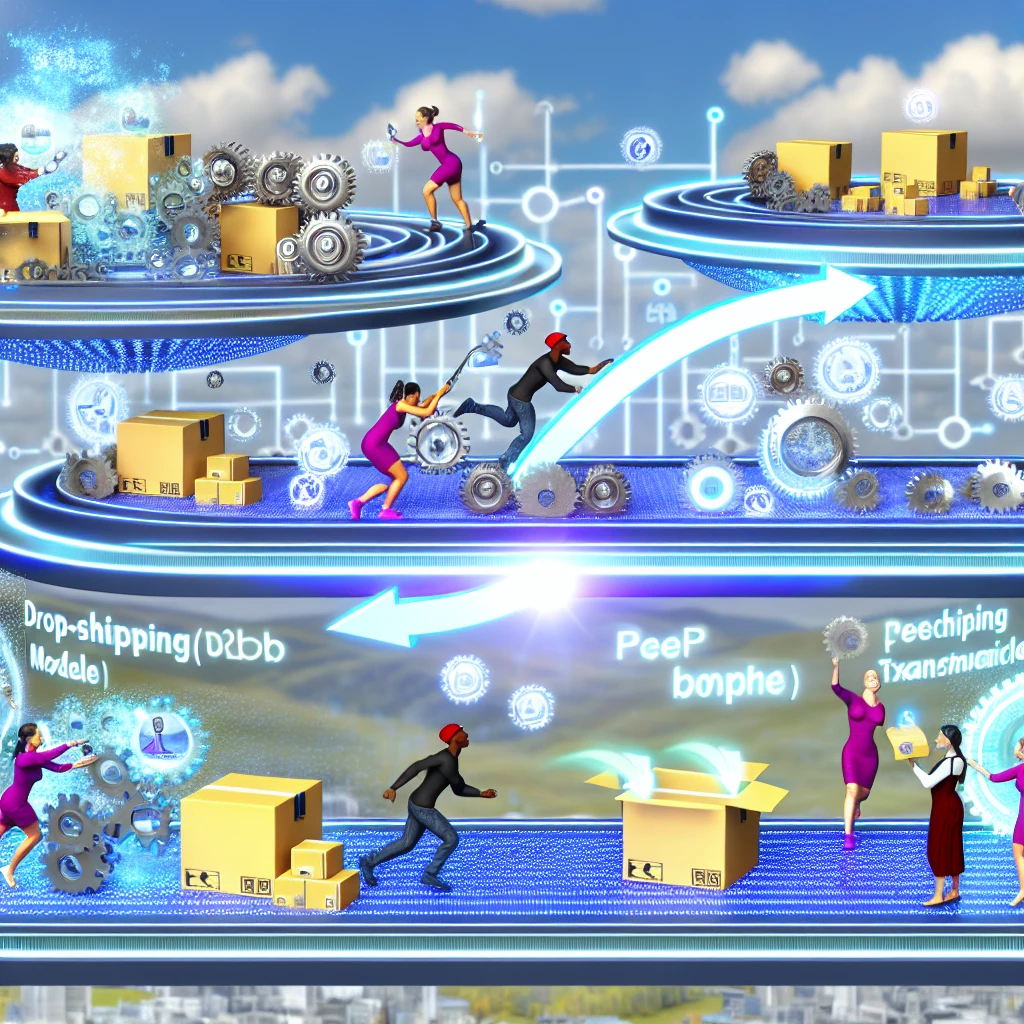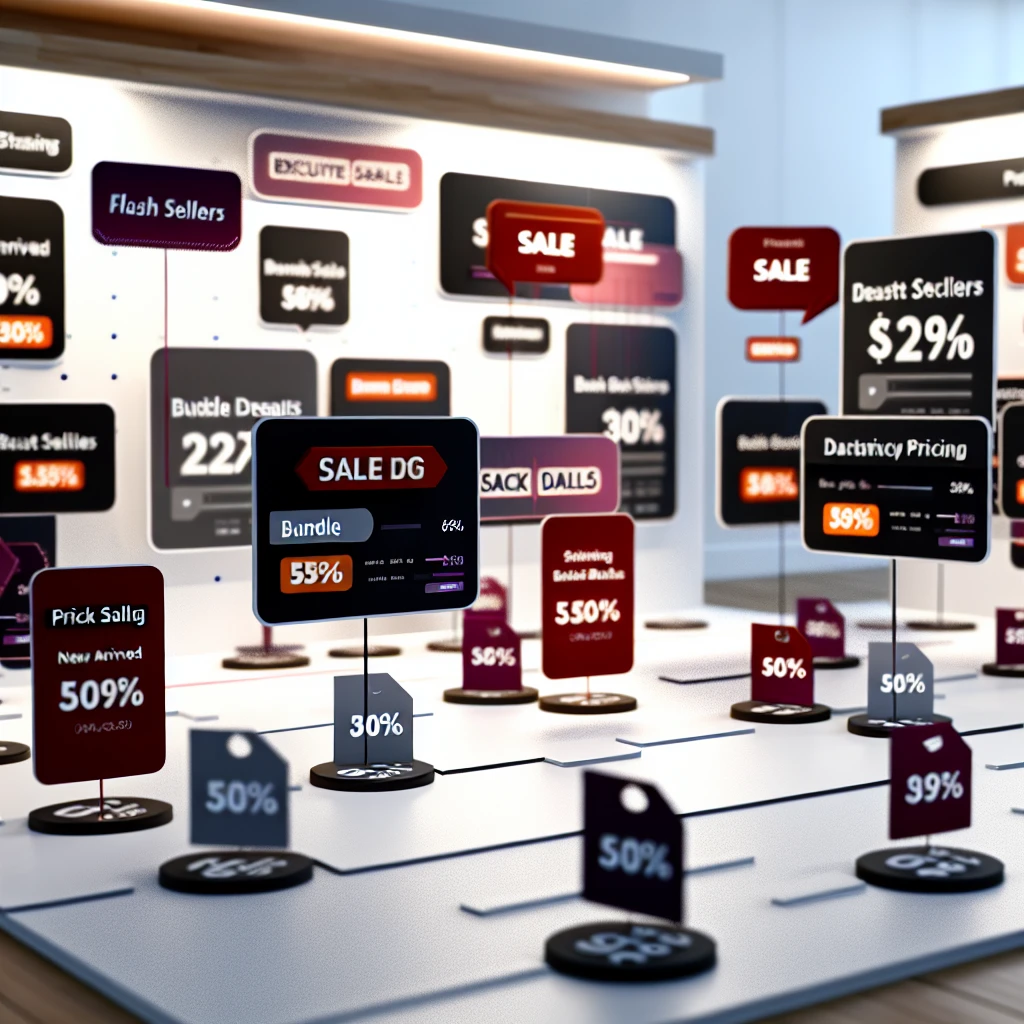Overview of Ecommerce Business Models
When we peel back the layers of the digital marketplace, we uncover a rich tapestry of ecommerce business models, each with its unique selling points and challenges. At the forefront, we have the traditional titans: B2B (Business to Business) and B2C (Business to Consumer), which have long dominated the online sales arena. B2B transactions are the backbone of the supply chain, involving bulk transactions between businesses, while B2C is the more familiar retail model where businesses sell directly to the end consumer.
However, the digital economy is not just a two-player game. The rise of C2C (Consumer to Consumer) platforms, like online marketplaces, has empowered individuals to take the driver's seat, selling goods and services directly to one another. This peer-to-peer exchange has not only democratized ecommerce but also injected a dose of human connection into the digital space.
Then there's the subscription-based model, a beacon of convenience in the ecommerce landscape. By offering products or services on a recurring basis, businesses can cultivate customer loyalty and predictability in revenue streams. It's a win-win; consumers enjoy the ease of automatic renewals, and businesses relish in a steady cash flow.
Lastly, dropshipping has emerged as a minimalist's dream. Entrepreneurs can run an ecommerce store without ever touching the inventory. Products are shipped directly from the supplier to the customer, slicing overhead costs and offering a low barrier to entry for aspiring business owners.
The ascent of ecommerce has been nothing short of meteoric, reshaping the digital economy and consumer habits. It's a realm of endless opportunity, where nimble startups can rub shoulders with industry giants. The digital marketplace is now a bustling hub of innovation, where convenience, personalization, and speed are not just valued but expected.
As we navigate this ever-evolving landscape, it's clear that the key to success lies in understanding the nuances of each model. It's not just about selling online; it's about crafting an experience that resonates with your target audience and leveraging the right model to build a sustainable, thriving online business.
Advantages and Challenges of Each Model
Delving into the intricacies of each ecommerce model, we start with market reach. B2B models boast a focused clientele, offering a deep but narrow market penetration. The relationships are long-term and often yield larger transactions. However, the sales cycle can be lengthy and complex, requiring a robust sales force and a strategic approach to lead nurturing. Contrastingly, B2C models enjoy a vast sea of potential customers, allowing for rapid market expansion. Yet, the competition is fierce, and customer loyalty can be as fleeting as the latest trend.
Scalability is another critical factor. B2B can scale massively but often needs significant upfront investment in customer acquisition and retention. B2C, on the other hand, can scale quickly with the right marketing mix and a viral product. However, as the business grows, so does the complexity of managing inventory, customer service, and logistics. C2C platforms scale through network effects, where each new user adds value to the network. Yet, they face the challenge of maintaining quality control and trust among users.
When it comes to operational complexity, subscription models are a double-edged sword. They streamline revenue prediction and customer retention but require a meticulous approach to inventory management and customer experience. A lapse in service can lead to mass unsubscribes. Dropshipping simplifies operations by removing inventory management from the equation, but it also relinquishes control over shipping and product quality, potentially harming the brand.
Each model presents a unique set of advantages and challenges. B2B can build formidable industry relationships and secure large contracts, but it must navigate a complex sales process. B2C can capture the consumer's heart and wallet with the right product, yet must continually innovate to stay relevant. C2C thrives on community and ease of access, but must rigorously vet its users to maintain integrity. Subscription services can build a loyal customer base with consistent revenue, but must excel in customer satisfaction. Dropshipping offers an accessible entry point with low overhead, but depends heavily on supplier reliability.
In conclusion, the ecommerce landscape is a dynamic battlefield where only the adaptable survive. Understanding the strengths and limitations of each model is paramount to carving out a successful niche in the digital bazaar. The right choice hinges on a clear vision, a deep understanding of your target audience, and the agility to pivot when the market demands.
Choosing the Right Model for Your Business
When it comes to selecting the most suitable ecommerce business model for your venture, the decision can be as critical as the products you choose to sell. It's not just about having an online store; it's about aligning your business structure with your product type, target audience, and overarching business goals. This alignment is the linchpin of ecommerce success.
Firstly, consider the nature of your products. Are they niche, handcrafted items, or are they commoditized goods available widely? For unique, artisanal products, a model that emphasizes brand story and customer relationship, like a branded ecommerce store, might be ideal. On the flip side, commoditized products might fare better on large marketplaces where the competition on price and delivery is fierce.
Understanding your target audience is equally crucial. Are they tech-savvy millennials or perhaps a more mature demographic? Younger audiences might respond better to subscription models or C2C platforms that offer a sense of community and exclusivity. Older demographics might prefer the straightforward approach of a traditional B2C ecommerce store with a strong customer service backbone.
Business goals should also guide your model choice. If rapid scaling is the aim, dropshipping or leveraging large marketplaces can provide the quick growth you desire. However, if you're looking to build a brand with a loyal customer base, consider a subscription model or a dedicated ecommerce site that allows for deeper customer engagement and retention strategies.
Ultimately, the right ecommerce model for your business should reflect a harmonious balance between what you sell, who you sell it to, and how you want your business to grow. It's a strategic choice that can dictate your marketing tactics, operational processes, and customer engagement methods. In the ever-evolving digital marketplace, adaptability and alignment with your core business values are your strongest assets in choosing the right model for your ecommerce journey.



